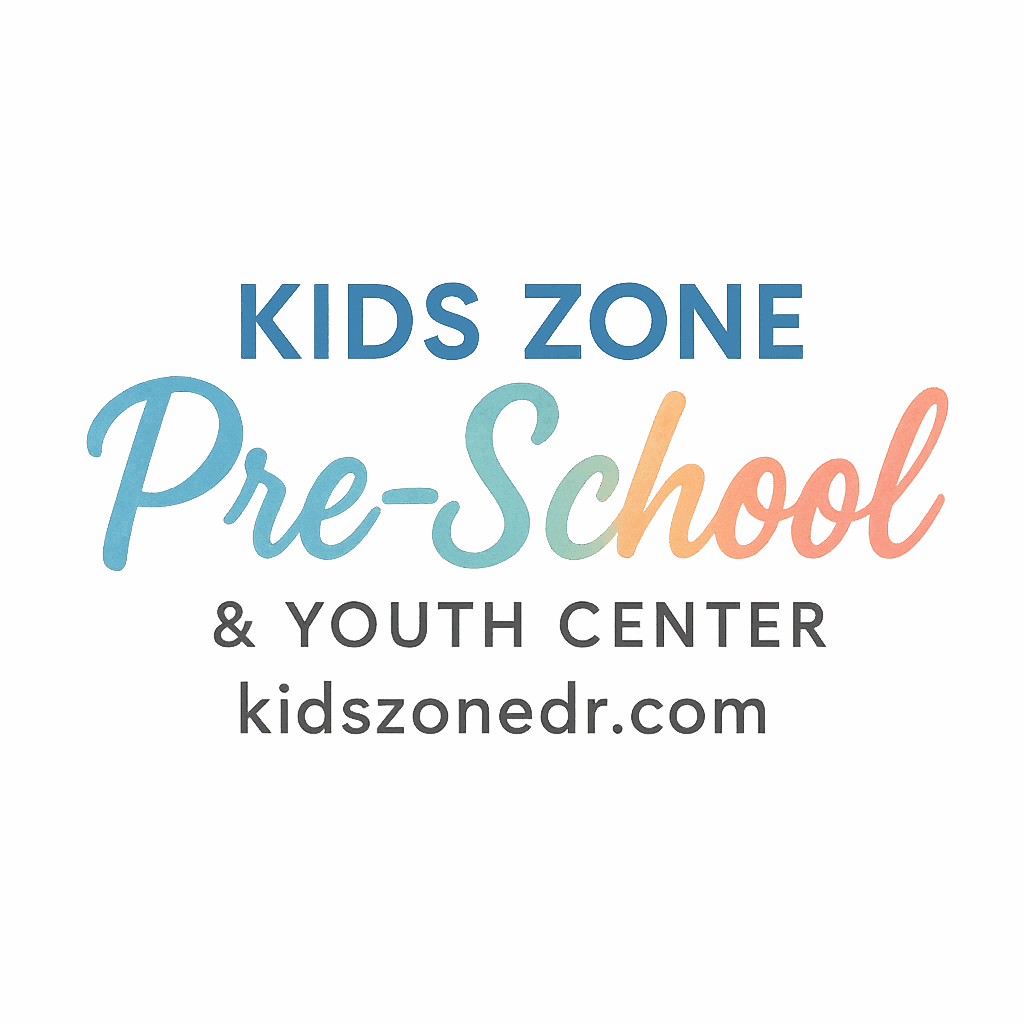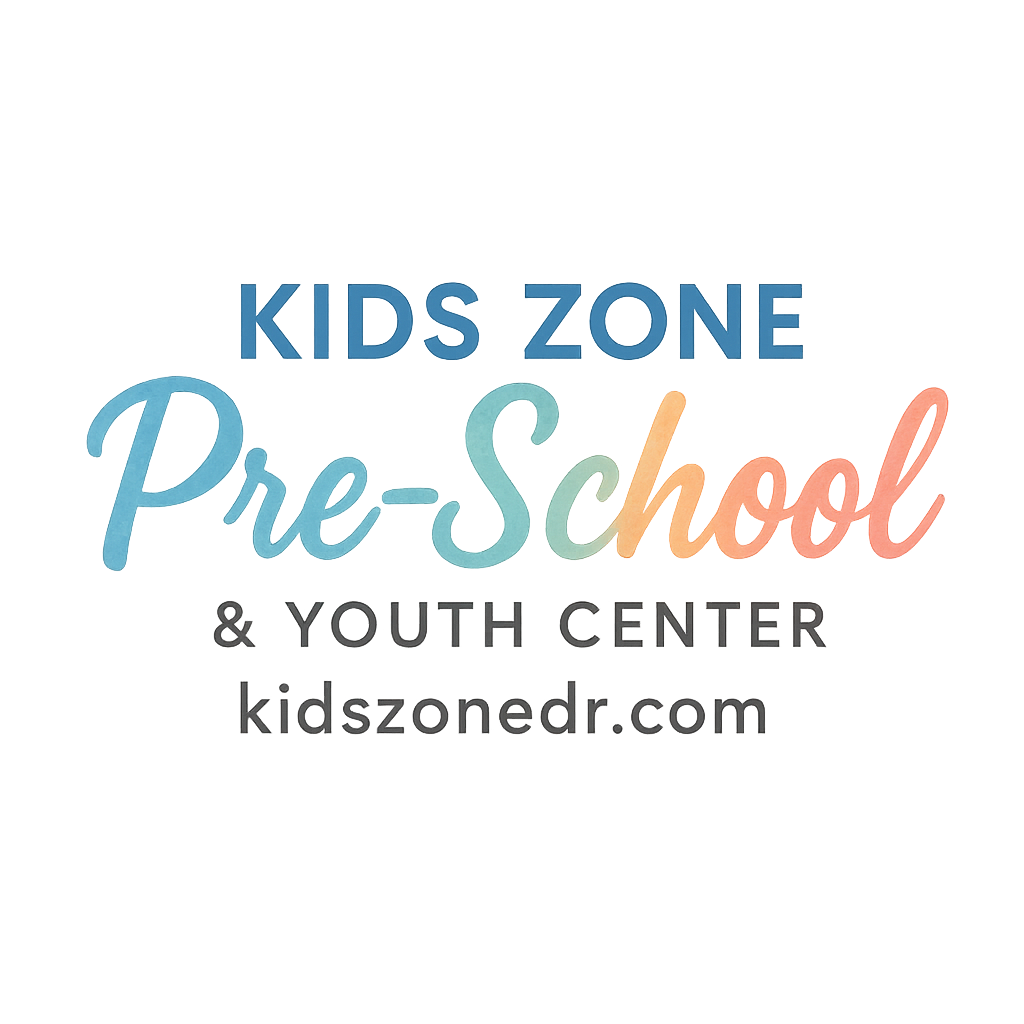Choosing the right preschool for your child is one of the biggest decisions you’ll make as a parent—and it’s no secret that the price tag can be a shocker. But don’t worry, finding an affordable preschool that still checks all your boxes is absolutely possible!
In this guide, we’ll share 9 smart, budget-friendly tips to help you save money while still giving your child the best early start in life. Let’s dive in!
Why Choosing the Right Preschool Matters
Early Childhood Education: A Foundation for the Future
Before we dive into the cost-cutting tips, let’s talk about why preschool is so important. High-quality early education helps build social skills, confidence, cognitive development, and even healthy routines that carry over into adulthood.
At KidsZoneDr.com, we believe every child deserves a strong start. That’s why finding a preschool that fits your budget and your child’s needs is critical.
Understanding the Real Cost of Preschool
What Makes Preschool So Expensive?
Tuition isn’t just about classroom time. You’re also paying for qualified staff, safe facilities, educational materials, meals, and sometimes even extracurriculars.
According to experts, many parents are surprised when they realize that preschool tuition can be as high—or higher—than some colleges!
Average Preschool Costs Across the U.S.
While the cost varies by state, on average, preschool tuition ranges from $4,000 to $13,000 per year. That’s why it’s important to do your homework—and that’s where our tips come in.
Tip #1: Start Your Preschool Search Early
Planning ahead is the most underrated budget-saving tool.
Avoiding Last-Minute Enrollment Fees
Preschools fill up quickly, and last-minute decisions often lead to higher fees or limited options. Start your school search at least a year in advance to compare options, qualify for waitlists, and avoid paying extra for late applications.
Tip #2: Compare Tuition and Hidden Costs
It’s not just about the sticker price.
Look Beyond the Monthly Fees
Ask about additional costs: supplies, uniforms, meals, field trips, and even parking. Some schools seem affordable up front but can pile on extras later. Use this handy checklist from KidsZoneDr to evaluate each option.
Tip #3: Choose a Half-Day Program
Sometimes, less is more.
Flexible Scheduling Can Save Money
Many preschools offer full-day and half-day programs. If your schedule allows, a half-day option can cut your costs dramatically while still offering a high-quality education.
Need help structuring your child’s day outside of school? Explore our Daily Routines & Activities guide.
Tip #4: Check for Local and Government Subsidies
Money-saving help may already be available.
State Programs That Help Offset Costs
Look into programs like Head Start, Universal Pre-K, or other local assistance. These are designed to make preschool accessible for families of all income levels. Learn more at Health & Safety in Preschool for resources in your area.

Tip #5: Consider Co-op Preschools
A little time can go a long way financially.
Reduce Fees Through Volunteering
In cooperative preschools, parents participate in classroom activities and administrative tasks. In exchange, tuition costs are often reduced. This also increases parental involvement and gives you more control over your child’s learning environment.
Tip #6: Ask About Sliding Scale Fees
Don’t assume the price you see is the only option.
Income-Based Tuition Adjustments
Many preschools use a sliding scale to make tuition more affordable based on your income. Always ask if these options are available—they’re more common than you think.
Tip #7: Explore Employer Childcare Benefits
Yes, your job may be able to help.
Preschool Discounts Through Work Perks
Many larger employers offer childcare assistance or reimbursements. Check with your HR department—you might be sitting on untapped preschool savings.
Tip #8: Look Into Religious or Community-Based Schools
Small community = small fees.
Often More Affordable Than Private Programs
Religious or nonprofit schools often offer preschool programs at a lower cost than private institutions. These options also tend to foster strong community involvement.
Tip #9: Inquire About Sibling Discounts
Have more than one little one?
Multiple Kids = Big Savings
If you have twins or siblings close in age, ask about family or sibling discounts. Many preschools offer significant price breaks for families enrolling more than one child.
Bonus Tip: Don’t Be Afraid to Negotiate
You can—and should—ask questions.
Some Preschools May Be Flexible on Rates
Especially for families willing to volunteer, refer others, or pay upfront, some schools offer flexibility. It’s all about starting the conversation.
How to Know If You’ve Found the Right Preschool
Okay, so you found a school that fits your budget. Now what?
Balancing Budget and Quality
Affordability shouldn’t mean sacrificing quality. A good preschool will still offer rich educational experiences and a safe environment.
Check Curriculum and Learning Goals
Use resources like our Preschool Learning & Development page to evaluate if a school meets core milestones.
Tour the Facility in Person
Is it clean? Safe? Inviting? Follow your instincts and make sure the environment feels right for your child.
Ask the Right Questions
Start with these: What’s your teaching philosophy? What’s your student-teacher ratio? How do you handle discipline?
Need more help? Check out the full Choosing the Right Preschool checklist.
Final Thoughts on Budgeting for Preschool
Finding an affordable preschool takes time, but it’s worth every second. The key is staying informed, asking questions, and starting early. With the tips above, you’ll be well on your way to giving your child a great start without breaking the bank.
Conclusion
Preschool doesn’t have to drain your savings. With smart strategies like choosing half-day programs, exploring subsidies, and leveraging community options, you can find quality early education that fits your budget.
And remember: the best preschool isn’t just the one you can afford—it’s the one where your child will thrive. For more help on parenting, routines, nutrition, and development, visit KidsZoneDr.com and explore our growing library of resources.
FAQs
1. How early should I start looking for a preschool?
Start at least 12 months before you want your child to begin attending. Many schools have waitlists and limited spots.
2. What’s a co-op preschool?
It’s a parent-run preschool where families volunteer time in exchange for lower tuition.
3. Are government subsidies available in all states?
Most states offer preschool assistance, but the amount and eligibility vary. Check with your local education office.
4. Can I negotiate preschool tuition?
In some cases, yes—especially if you offer to pay upfront, refer families, or volunteer.
5. What is a sliding scale fee structure?
It’s a flexible pricing system based on your household income, making preschool more accessible to all.
6. Are religious preschools lower in quality?
Not at all. Many offer excellent education at a lower cost, plus strong community support.
7. Where can I learn more about child development milestones?
Visit our Child Development and Milestones sections for detailed insights.


